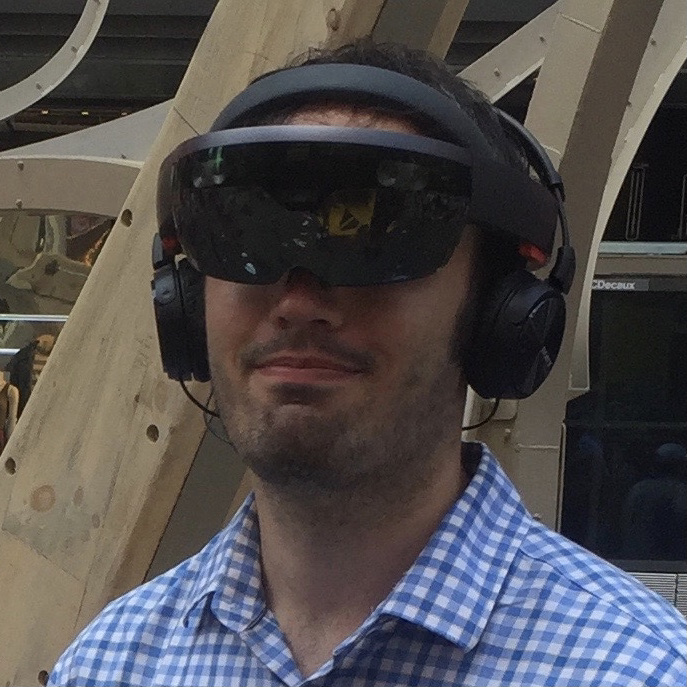Apple VR headset: everything we know so far
Will Apple VR glasses with AR powers be the next big thing?
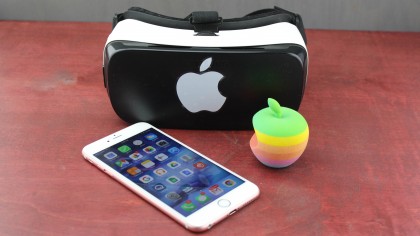
An Apple VR headset with AR capabilities may be in the works, according to the latest rumors.
But, before we get too far ahead of ourselves, let's back up a bit.
For the past few years, Apple has kept its virtual reality (VR) and augmented reality (AR) ambitions hidden. Insider reports and patents revealed that Apple has likely been secretly working on prototypes for VR headsets and AR Glasses, but the industry and consumers have been waiting with bated breath to see which path Apple would choose.
Apple’s answer, it turns out, could be, “Why not both?”
An Apple source recently divulged the company’s plans to create a joint AR/VR headset that runs on a powerful wireless processor – no PC or smartphone required – and has two 8K resolution displays, one for each eye.
Unlike the rumored Apple AR glasses, this headset could switch seamlessly between VR and AR, but may need to stick around a processor box to power its robust 8K screens.
We still don’t know if the AR/VR specs have replaced the AR-only, Google Glass-like glasses, or if both products will eventually come out.
Get daily insight, inspiration and deals in your inbox
Sign up for breaking news, reviews, opinion, top tech deals, and more.
We’ve got all the latest news on the rumored Apple VR/AR headset, release date, price and current competition, and we’ll update this page as we learn more.
Cut to the chase
- What is it? A rumored Apple headset that can do both VR and AR
- When is it out? Rumors point to a 2020 release date, but it could be sooner
- How much does it cost? No word yet, but it could be expensive
Release date
Multiple sources have said that Apple’s AR glasses or AR/VR headset will release in 2020.
Apple could theoretically wow the WWDC 2018 crowd on June 4 with a surprise reveal and a 2019 release date for the headset, but CEO Tim Cook himself denied rumors that the company's AR tech would be ready in 2018.
“The technology itself doesn’t exist to do [AR] in a quality way… The field of view, the quality of the display itself, it’s not there yet,” Cook said in October 2017.
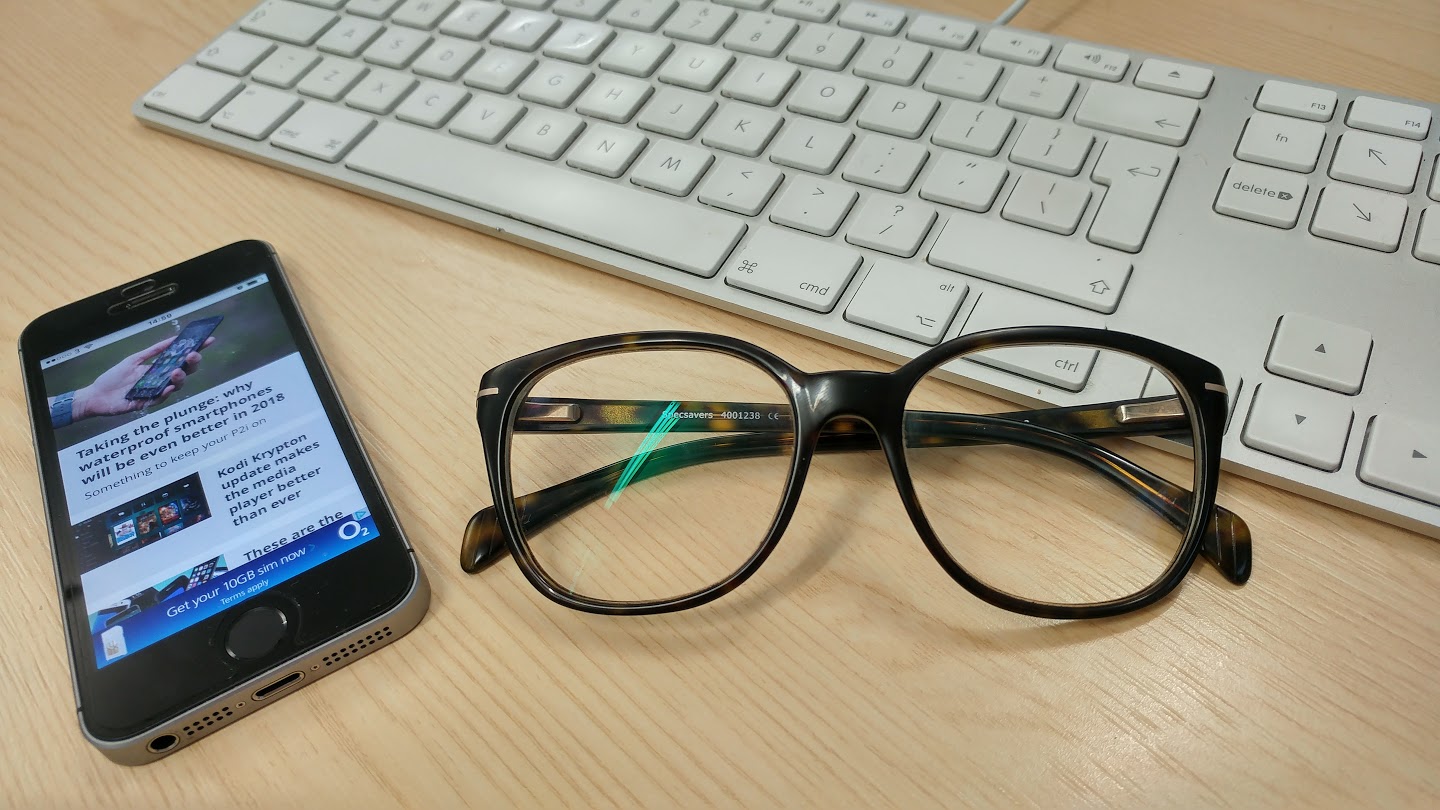
Making a wireless processor powerful enough for 8K screens is no joke; nor is mass producing 8K screens at sizes small enough for our eyes.
No other devices on the market currently comes close to the specs Apple wants to hit. To create that kind of next-gen hardware, Apple will probably need at least another couple of years.
Another report suggested that AR-only Glasses would also release in 2020. We’ll see if Apple has the bandwidth to produce two headsets in two years, or if its designs will somehow merge into one another.
Price
Considering Apple hasn’t even confirmed that it’s making an AR/VR headset yet, we definitely don’t know what it will charge for the device. But we can make educated guesses based on what other similar headsets cost.
Oculus Go and Lenovo Mirage Solo, two recently released standalone VR headsets, cost $199 (£199 / AU$299) and $399 (about £293 / AU$530), respectively.
Windows Mixed Reality headsets like the Samsung HMD Odyssey typically sell in the $400-$500 (about £300-£370 / AU$530-AU$650) range. And major VR headsets like Oculus Rift and HTC Vive also fall into the $400-$500 range.
The console-powered PlayStation VR, meanwhile, starts at $200 (£259 / AU$420).
If we assume Apple’s headset works a lot like the VRVANA Totem (more on that below), then that could serve as a guide as well.
Before Apple purchased the startup, the company's CEO told Tom's Hardware that it could sell the headset for $400–$500, but only if it made “millions of units” at once.
Apple could certainly produce at that scale. Then again, all of the Apple headset's specs will undoubtedly improve on Totem, especially the two 8K screens, light-reflecting magnifying lenses and 5nm chip.
While the Apple VR/AR headset price could be more expensive than a traditional VR headset, it's doubtful that Apple, which loves to sell its computers and smartphones at premium prices, will reach the heights of HoloLens, which sells for $3,000 (£2,719 / AU$4,369).
Apple VR/AR headset specs
Apple wants to beat out the other VR and AR devices on the market with the best resolution and holographic animations to date. We’ll see if it can succeed.
The Apple VR/AR headset will reportedly sport two 8K (7680 x 4320) screens. For comparison, the HTC Vive Pro, the most powerful device currently available to consumers, sits at 2880 x 1600 per eye, while the standard HTC Vive uses 2160 x 1200, the Oculus Rift has 1080 x 1200, and PlayStation VR uses 1080 x 960.
Apple's closest competition, Google, is reportedly developing a VR-ready OLED display with 5657 x 3182 resolution for release this year or next.
Apple’s goal of crushing its rivals’ cutting-edge display specs could set it apart, or could simply be hopelessly unrealistic.
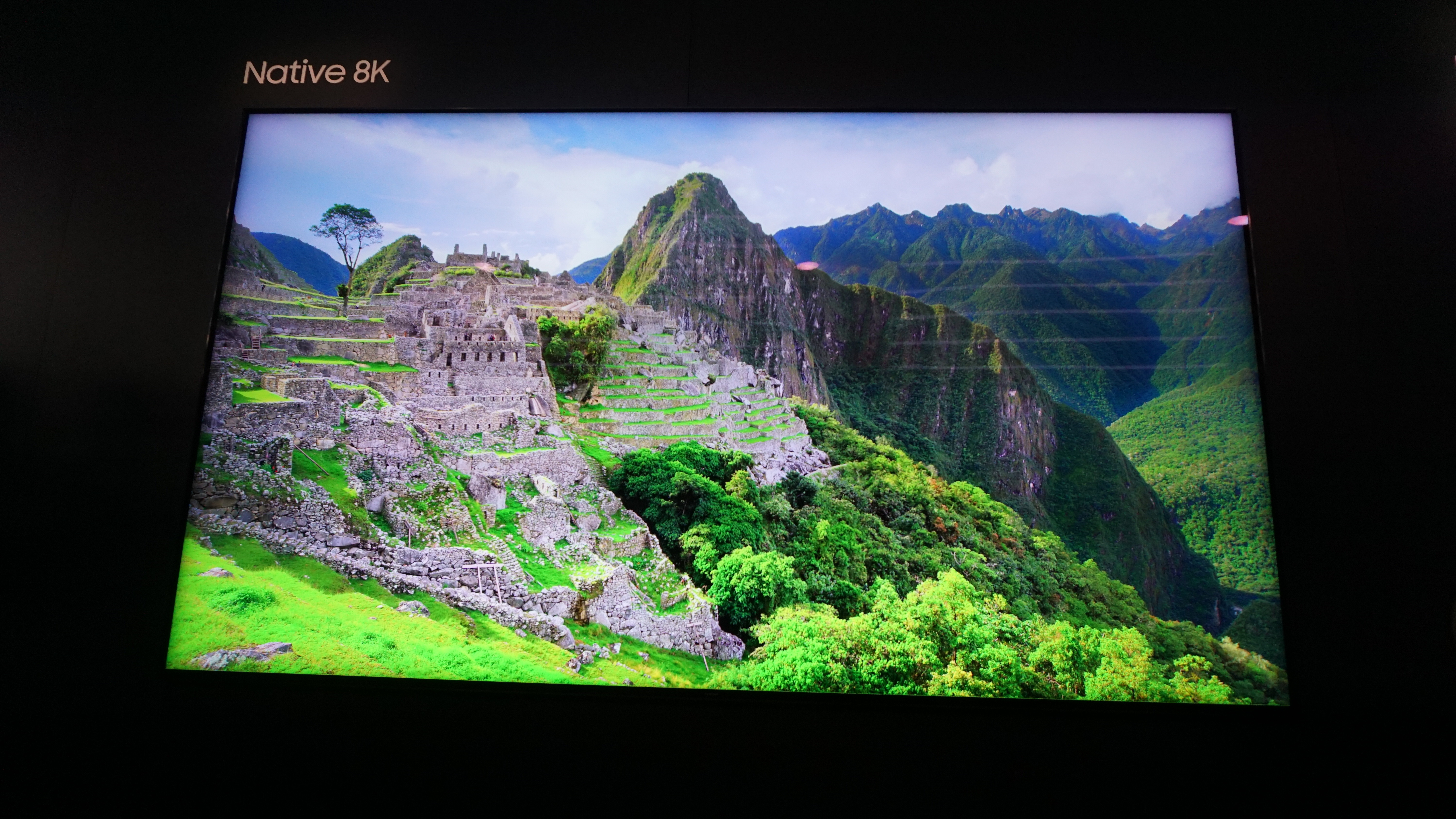
Like the Google Daydream-powered Lenovo Mirage Solo and Oculus Go, Apple’s headset won’t require a wired PC connection or a smartphone to work.
But to power that unparalleled resolution quality, it will need to connect wirelessly using WiGig to a 5-nanometer, custom Apple-made CPU.
The CPU will reportedly sit inside a large box shaped like a tower, so you won’t be lugging it around anywhere. So, despite the lack of wires, you’re still expected to keep your AR experiences confined to your home or workplace.
How will it work?
No one has seen Apple’s mysterious prototype in action yet, but look no further than the mixed-reality startup Apple acquired for $30 million for a strong guess of how its headset could revolutionize both the VR and AR industries.
VRVANA first unveiled its mixed VR/AR devkit in 2014. Called Totem, this headset captures the wearer’s POV using outward-facing cameras.
Inside the Totem is a curved OLED screen, where the camera feed of the wearer’s environment streams with less than 3ms of delay.
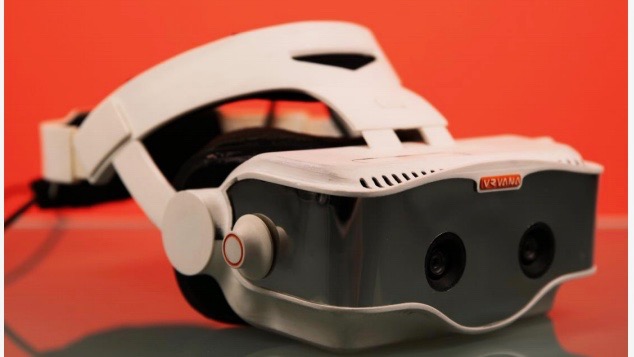
Unlike see-through AR device like Google Glass and Microsoft HoloLens, with Apple's headset, you never actually see your surroundings directly.
Why does this matter? Because instead of placing ghost-like holographic projections onto the real world, Apple's headset can place fully-colored, opaque CG animations into a lag-free version of reality.
Consider ARKit: Apple’s AR platform superimposes animated images onto a video stream of your real-life surroundings.
Apple’s new headset is said to do exactly the same thing, except that Apple will likely try to make its augmented creations more “realistic” to be more immersive for the wearer.
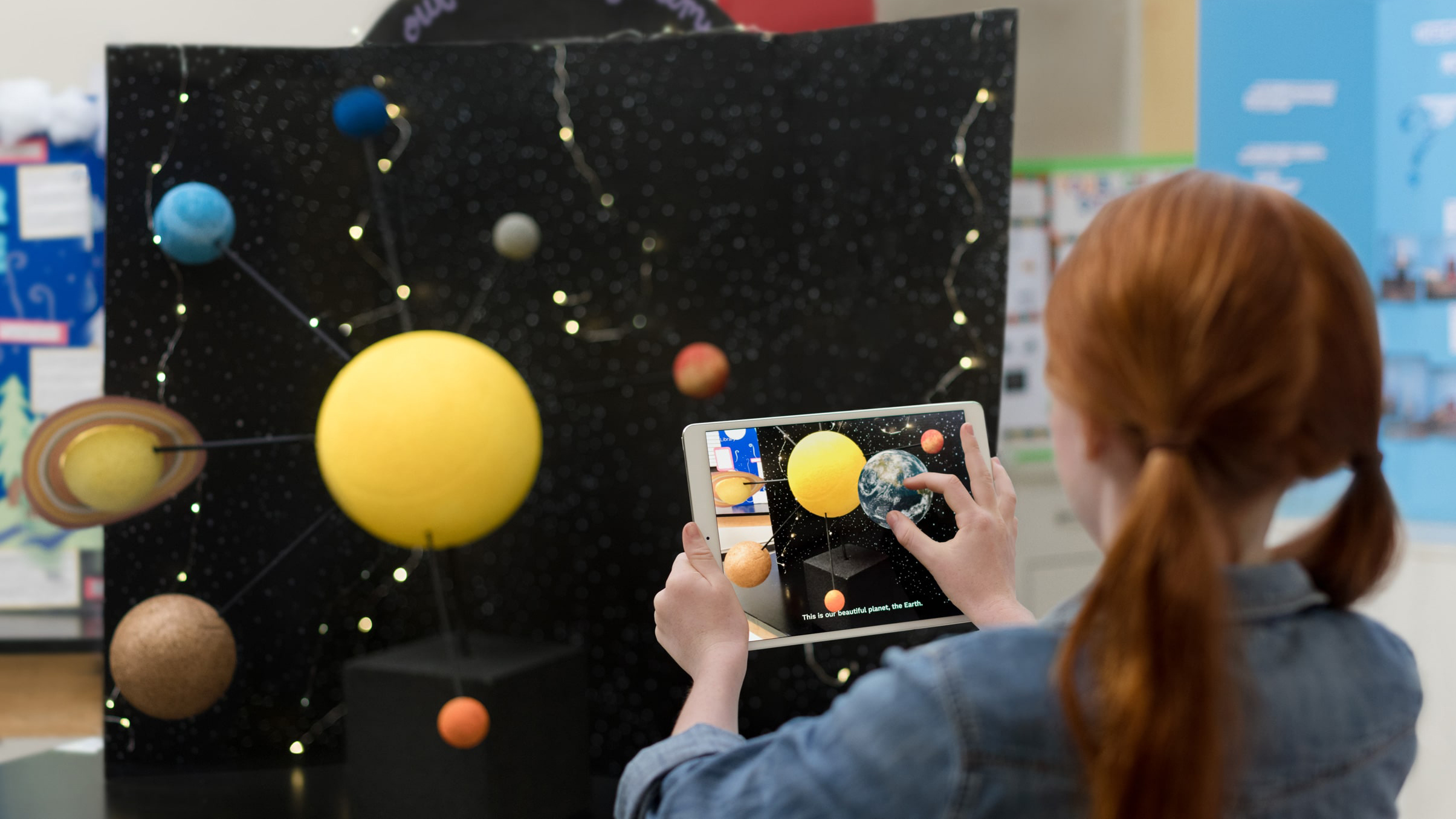
For VR experiences, naturally, the headset simply won’t stream your surroundings, and will instead immerse you in artificial worlds.
We found out at WWDC 2017 that Apple computers could now support SteamVR, so it’s likely that the headset will support a lot of third-party VR apps, along with whatever Apple creates itself.
- Here are the best VR games available right now
Plus, the Totem’s cameras enabled 6DoF tracking and a 120-degree FOV, and its infrared sensors could track hand gestures for controller-free actions. This kind of tracking is essential for many VR experiences.
It’s a safe bet that Apple’s 2020 headset will utilize elements of Totem’s hardware and combine it with its ARKit interface for an impressive machine.
So, how will Apple’s version of AR/VR glasses differ from the startup’s unreleased prototype? For one thing, it will use one display per eye instead of one curved OLED screen.
For another, a recently discovered patent revealed Apple could make its headset less “cumbersome and tiring to wear” by removing the heavy magnifying glasses found in most headsets.
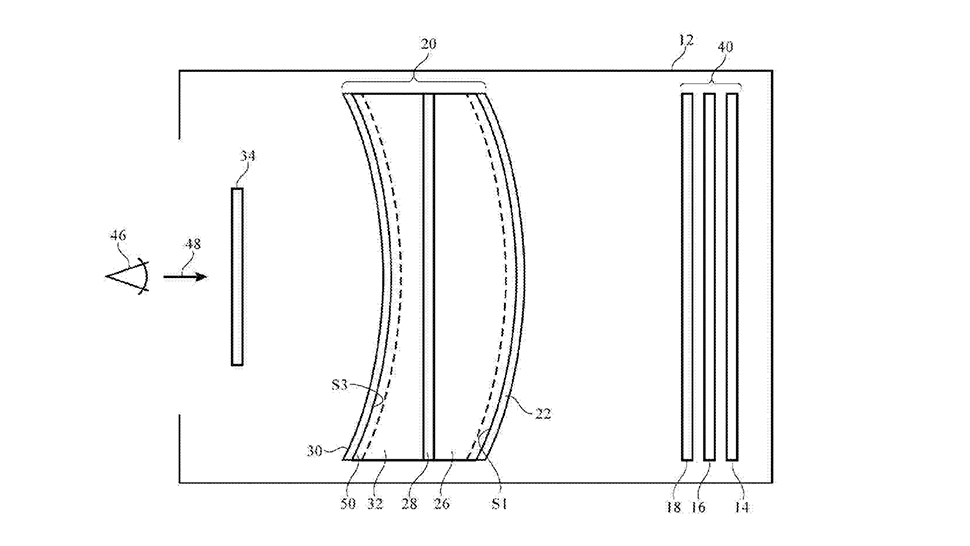
Instead, Apple’s lenses will use a catadioptric optical system of mirrors and lenses, typically found in microscopes, to refract and magnify light waves to make things look bigger. Thus, Apple’s AR/VR headset could be much lighter than other powerful VR devices available.
Of course, VRVANA’s team may have been brought on to work on Apple’s specific AR/VR design, which could look much different than the Totem design.
Apple patented a mixed AR/VR goggles concept that was discovered in 2016, and were shaped more like traditional glasses.
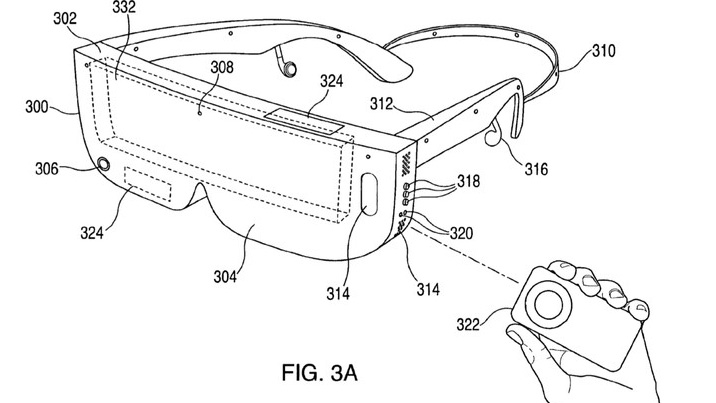
However, this device relied on a smartphone to work, so it's likely this design became obsolete once Apple decided to skip mobile VR.
Why Apple hedged its bets on VR and AR
While Apple’s major smartphone competitors created Samsung Gear VR and Google Daydream View, it focused its efforts on AR for your smartphone.
So, it’s somewhat surprising that Apple might be shelving AR Glasses in favor of a VR/AR hybrid replacement.
CEO Tim Cook has mostly gushed about the potential applications of AR, saying that he sees AR as “profound”, something that will “amplify human performance instead of isolating humans”, which seems like an obvious dig at VR.
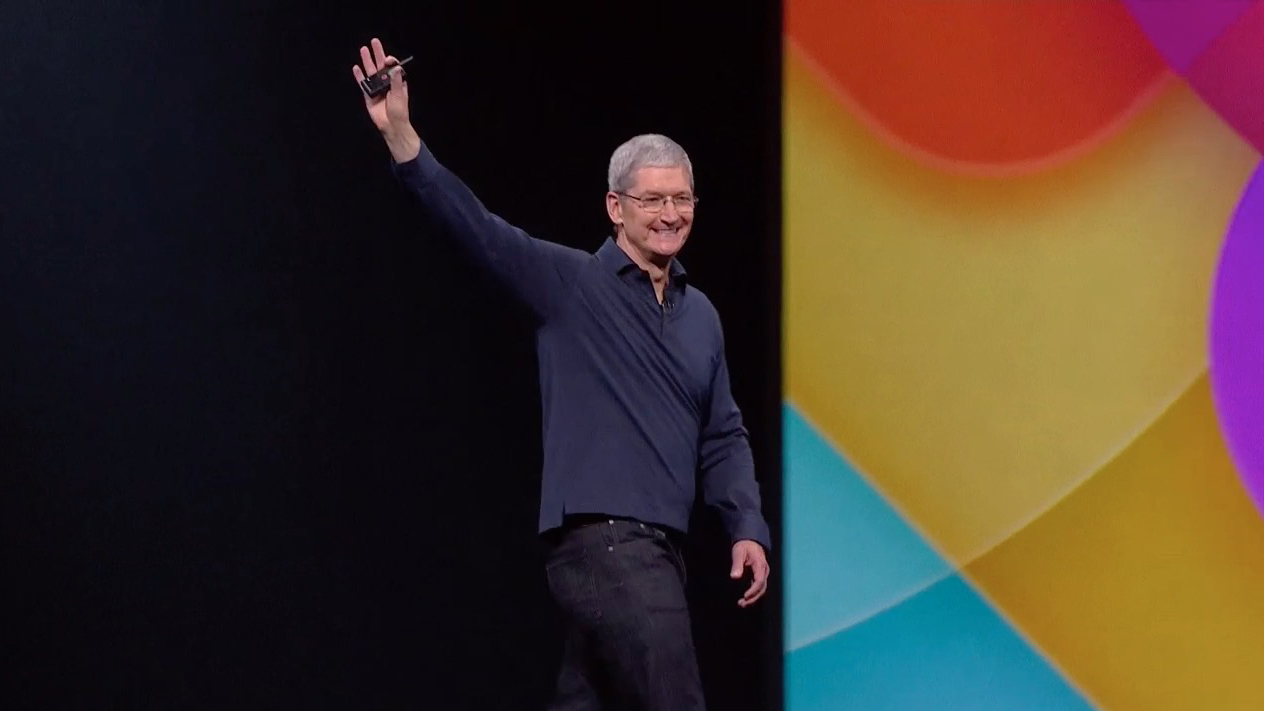
Eventually, Cook wants AR to feel as commonplace as “eating three meals a day", whereas his biggest public praise for VR was one statement, saying it had “interesting applications" in education and gaming, but probably has “a lower commercial interest” than AR.
- Here are the best AR apps, from ARKit to Android
So, apart from trying to out-compete Samsung, Google and Facebook in a new market, why does Apple feel the need to focus on VR at all, considering Cook's apparent unimpressed attitude towards it?
One recent patent hints at the answer: Apple wants to put entertainment VR headsets in its self-driving cars, which would reduce motion sickness and entertain passengers in cars with no windows for increased crash safety.
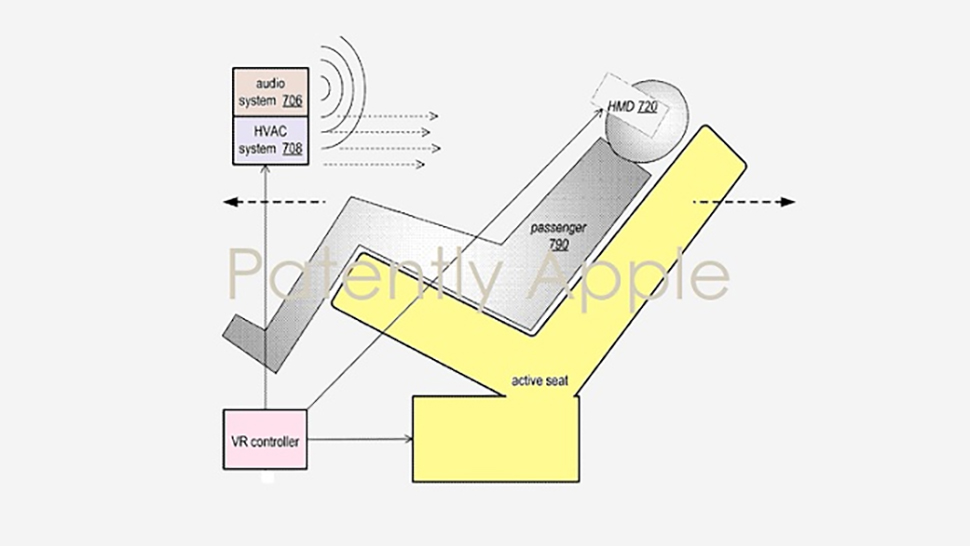
It appears that Apple envisions AR as a social platform for everyday life, and VR as an isolating yet immersive platform best for when you’re already alone, i.e., inside a car or at home.
In general, Apple knows that smartphone owners are using ARKit or rival Google's ARCore, but VR is still relatively niche in terms of sales.
Perhaps by grouping both together, Apple will convince more casual tech buyers who already like AR to try out VR, when they wouldn’t otherwise.
On the other hand, a headset with such premium specs will undoubtedly ask for a high price, which doesn’t exactly cater to a casual crowd. To compete with Microsoft HoloLens, Magic Leap, and other well-known AR headset makers, perhaps Apple will use VR as a means to differentiate itself from the crowd.
Ultimately, considering the $1.8 billion that VR and AR sales will produce in 2018 alone, it’s not surprising that Apple would jump at claiming its share of the profit; then it will need merely to wait and see which would becomes more profitable and shift efforts in that direction.
Apple vs Samsung in AR/VR
After the news of Apple’s VR/AR headset leaked, an anonymous Samsung official conveniently revealed that the Gear VR-maker was also making its own wireless AR/VR headset, in partnership with Microsoft.
Like Apple, Samsung reportedly will develop its own OLED screens and beefy processors for the headset.
Unlike Apple, Samsung will reportedly use the Windows Mixed Reality OS for its standalone device.
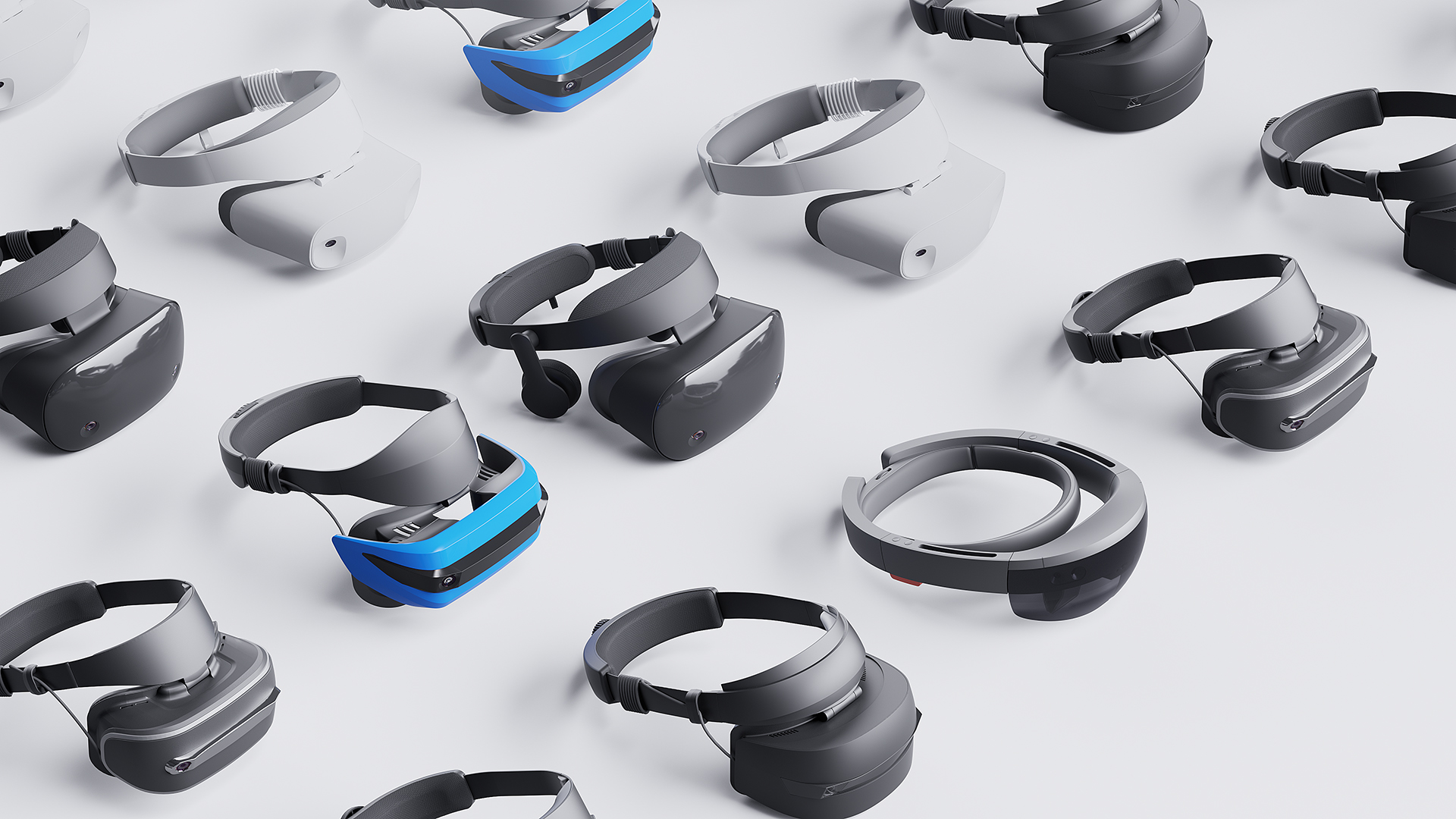
We know less about Samsung's headset than Apple’s, but we did hear rumors last year that Samsung ran an impressive VR demonstration on a 10nm Exynos 9 mobile chip, and that that same headset would include eye and hand tracking, as well as voice and expression recognition.
We already know that Samsung has the chops to provide a great VR platform. The question is, will Microsoft’s help be enough to bring its AR efforts on par with Apple?
- Here are the best VR headsets of 2018
Michael Hicks began his freelance writing career with TechRadar in 2016, covering emerging tech like VR and self-driving cars. Nowadays, he works as a staff editor for Android Central, but still writes occasional TR reviews, how-tos and explainers on phones, tablets, smart home devices, and other tech.
